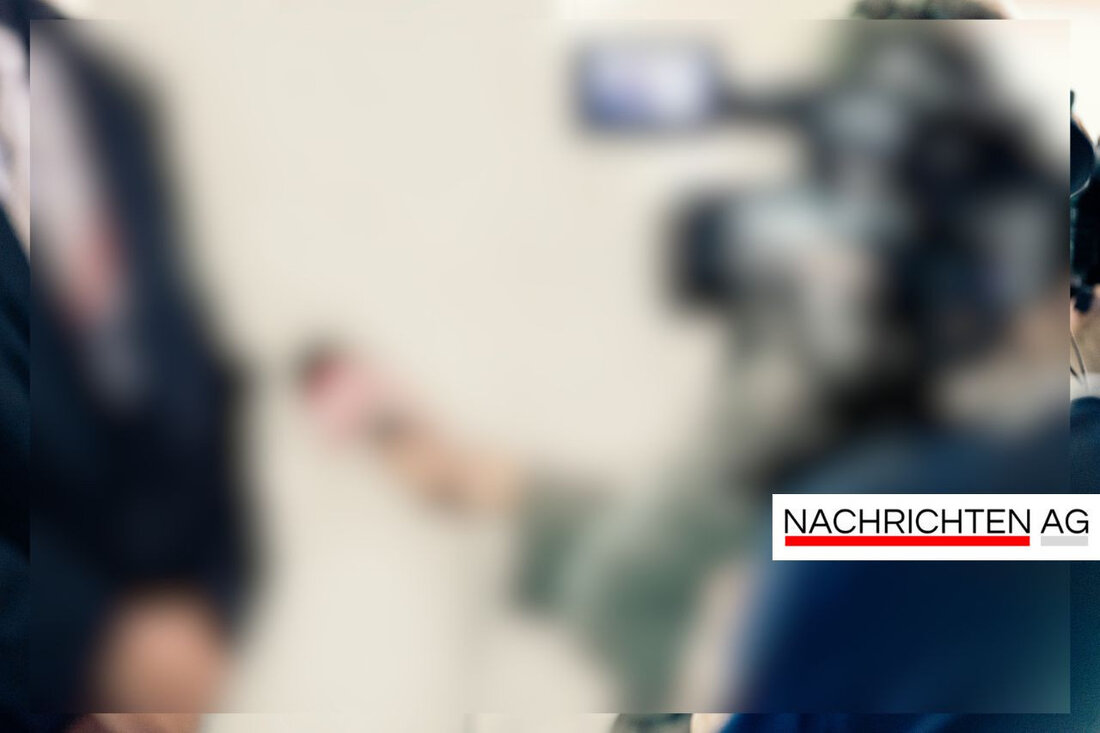Homburg's Dr. Gund wins national award for innovative dentistry!
Dr. Madline Gund from Homburg receives the Dental Education Award 2024 for innovative research in dentistry and 3D printing technology.

Homburg's Dr. Gund wins national award for innovative dentistry!
Dr. med. dent. Madline Gund, MSc, MBA, was awarded the prestigious “Dental Education Award 2024” from the Kurt Kaltenbach Foundation. This honor, which has been awarded since 2006 by the German Society for Dentistry, Oral and Maxillofacial Medicine (DGZMK) and the Association of University Professors for Dentistry, Oral and Maxillofacial Medicine (VHZMK), is endowed with 1,000 euros. Dr. Gund works as a senior physician and specialist in oral surgery at the Saarland University Hospital (UKS) in Homburg. Her outstanding research focuses on the effectiveness of periodontal surgery procedures, which she tested on both a pig jaw and a 3D printed patient model. This investigation was part of her larger study, documented in the original publication "Comparison of 3D printed patient model vs. animal cadaveric model in 2 periodontal surgery block course - what is more feasible for beginners? A pilot study", in which she and her team pursued a novel approach to dental teaching.
As part of the study, the participating students carried out an evaluation, which revealed that there was no significant difference in the overall evaluation between the pig jaw and the 3D model. Interestingly, however, the 3D printed model was judged to be more realistic in terms of anatomical appearance. These findings could have far-reaching implications for future dental education, especially since a more advanced 3D model could be able to completely replace the pig's jaw. The advantages that the 3D printed model brings mainly include better hygiene, uncomplicated availability and easier organization of training programs.
Revolutionary technology in dentistry
Developments in 3D printing and scanning technologies represent a paradigm shift in dentistry. Dentists and orthodontists are increasingly relying on digital scans instead of traditional impressions. This technology makes it possible to create dental models quickly and easily, which significantly increases patient comfort and satisfaction. Many dental practices already use their own 3D printers to print models in real time, which optimizes the workflow.
A recent study from the University of Oklahoma sheds light on the precision of 3D printed dental models. It is entitled “Accuracy of 3-dimensional printed dental models reconstructed from digital intraoral impressions”. As part of this study, digital and traditional alginate impressions from a total of 30 patients were analyzed. The resulting measurements included both tooth size and arch measurements, with the researchers finding a high level of agreement between the models. Although significant deviations were reported, especially in the crown height measurements between the stone and DLP models, the high intraclass correlation coefficients still show the reproducibility of the measurements. In doing so, the researchers confirm that digital impressions and the resulting 3D printed models are clinically suitable and support the purity of the scanning technology.
The successes of Dr. Gund and advances in 3D printing technology could revolutionize dental teaching and practice by providing more efficient and practical solutions for training future dentists.

 Suche
Suche
 Mein Konto
Mein Konto